This is the second post in a series on the Louisiana coastal wetlands. In the previous post, I introduced you to the wetlands and talked about how they formed. In this post, I’ll discuss some of the reasons they are important, particularly from an ecological perspective, and how the ecological functions of the coastal wetlands affect the economy.
Wetlands provide far more services than most of us realize. Not only do they provide habitat to a vast array of flora and fauna (plants and animals), but they also provide the people surrounding them with a variety of irreplaceable services.
As with most wetlands, the Mississippi delta acts as a giant sponge and filter for pollutants and nutrient overload. The Mississippi watershed drains 41% of the continental United States and the majority of the central breadbasket states with their intensive agricultural land use. As wetlands disappear, more and more sediments, nutrients, and pollutants make their way into the Gulf of Mexico. This increase in nitrogen and phosphorous leads to eutrophication1 and will continue to exacerbate the tremendous Gulf coast dead zone.
The marshes provide essential habitat for migratory waterfowl, shellfish, alligators, and a nursery for the Gulf commercial fishery species. The coastal wetlands provide essential habitat to local and migratory species alike. More than 10 million migratory birds from the Central and Mississippi Flyways depend on Louisiana’s wetlands for critical habitat and food. In fact, these wetlands comprise North America’s largest wintering habitat for migratory waterfowl and songbirds and are home to more than 70 rare, threatened, or endangered species.2
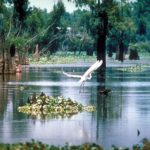
Wetland in the Atchafalaya Basin, courtesy of the U.S. Army Corps of Engineers.
This region also serves important cultural and recreational functions, which in turn offer substantial economic benefits. The cumulative economic effect of wildlife-watching expenditures in Louisiana totaled over $500 million in 2006.3 Recreational fishing also provides a significant economic benefit to coastal Louisiana. Based on 2009 data from the NOAA Fisheries Service, the Office of Coastal Management stated that “non-commercial fishing in Louisiana employs almost 20,000 people and [generates] related annual expenditures that amount to over $1.7 billion.”4, 5
One of the coastal wetlands’ most important functions is to sustain the Gulf coast fishery—the most significant fishery in the lower 48 states. This fishery brings in nearly $3 billion annually and is the top producer of oysters, blue crabs, and crawfish.6 Critical to these species are Louisiana’s coastal marshes, which play a vital and complex role in the life cycle of at least 90% of Gulf marine life.2 The wetlands provide protected nursery habitat for numerous species, including shrimp, blue crabs, oysters, redfish, and menhaden.7 The annual commercial catch for the state is approximately 1 billion pounds with an associated dockside value of $300 million.4, 8 This massive catch accounts for roughly 30% of the annual harvest in the lower 48 states.2
In addition to the commercial fishery, the wetlands also provide substantial habitat for Louisiana’s approximately $1 billion a year hunting market.4 Trapping brings in an additional $2 million, and the alligator harvest adds over $100 million annually.4, 8 As you can see, the Louisiana coastal habitat not only generates a significant economic benefit for the region, but it generates that benefit across quite a wide spectrum of wildlife and harvest markets.
In the next post, I’ll discuss how the coastal wetlands protect Louisiana’s energy infrastructure, ports, and people from storms.
– Jonathan Putman

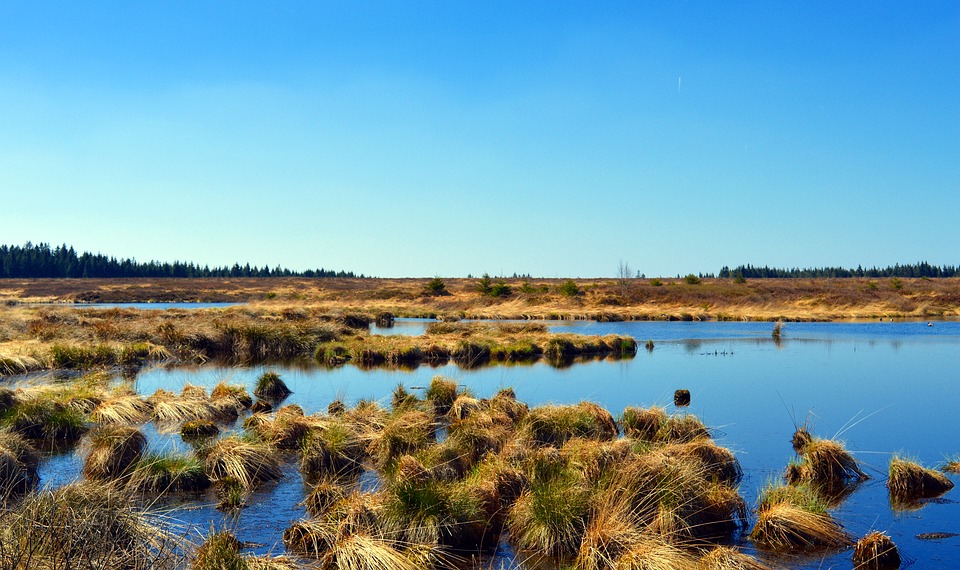

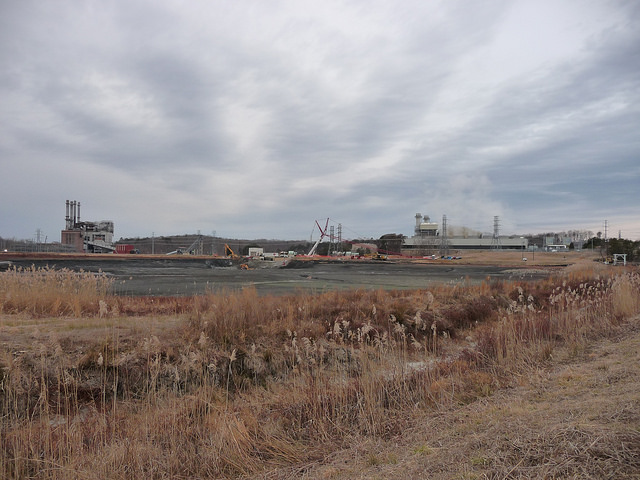
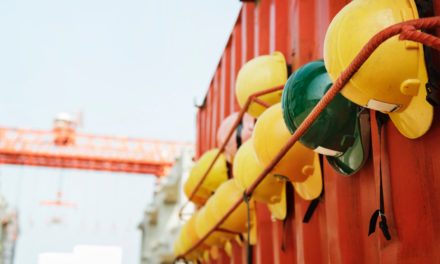
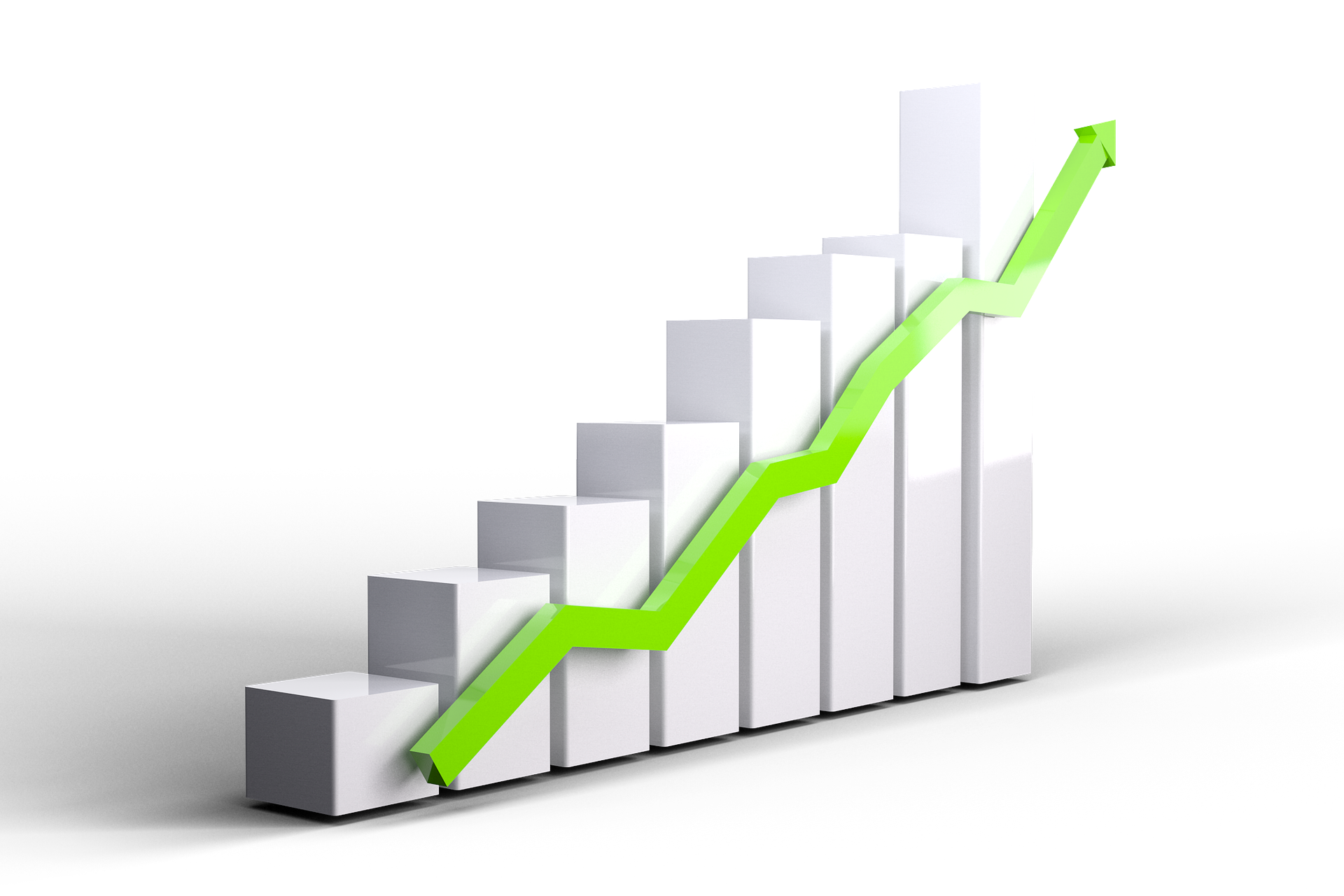
Wonderful Article !
Wetlands are ecologically significant with abundant fisheries and wildlife. It’s one of the largest habitats in the world for migratory waterfowl and 95 percent of all marine species in the Gulf of Mexico spend all or part of their lifecycle there. 66% of Gulf of Mexico sport and commercial fish species are dependent on coastal wetlands for their survival. Louisiana’s wetlands are home to some species that are on the endangered or threatened list.